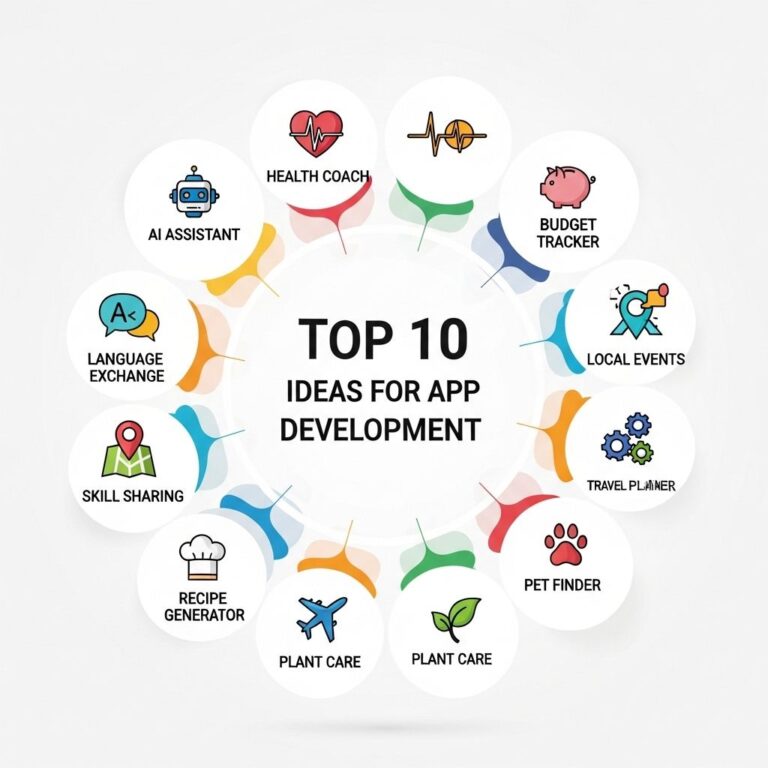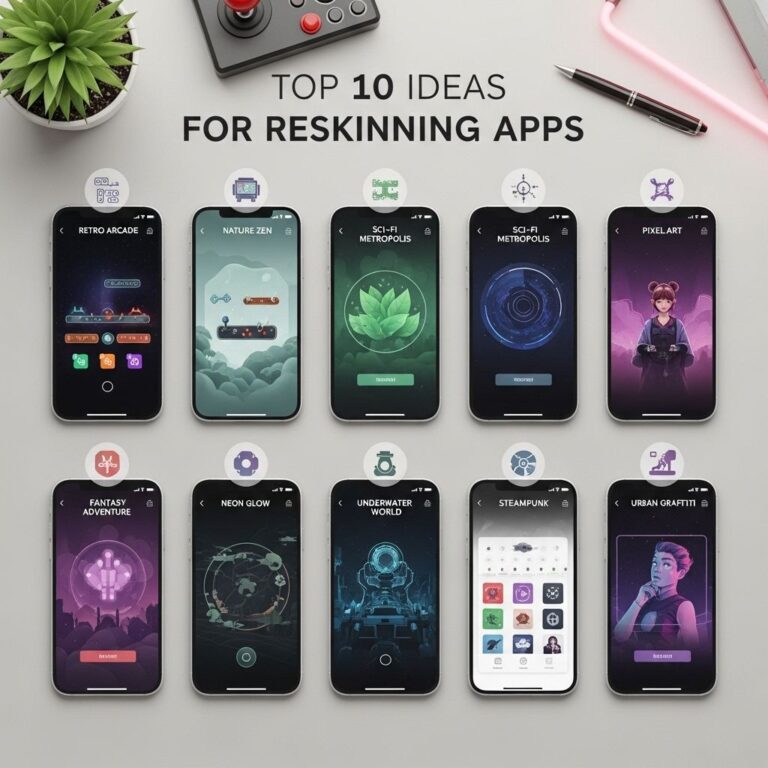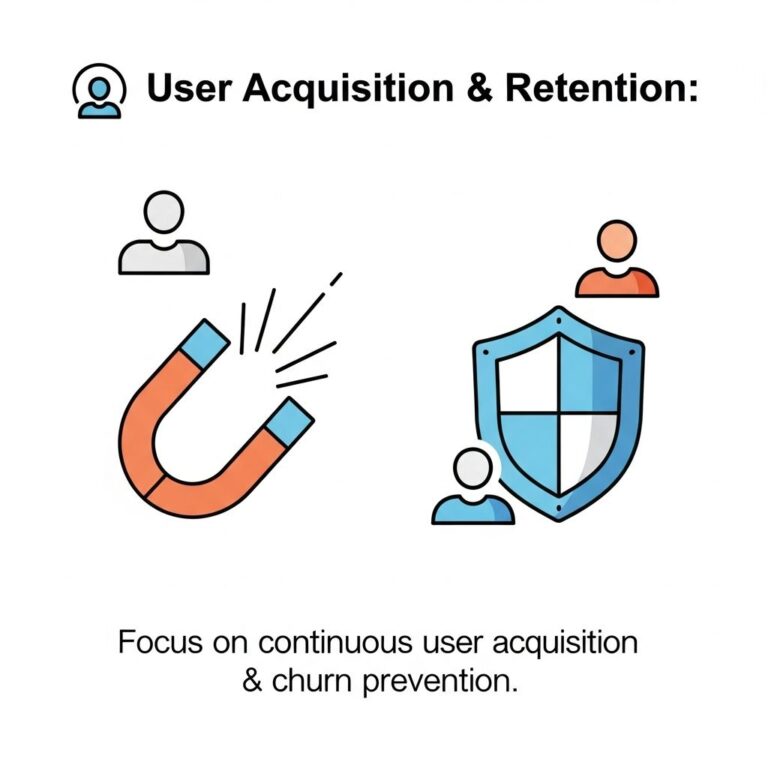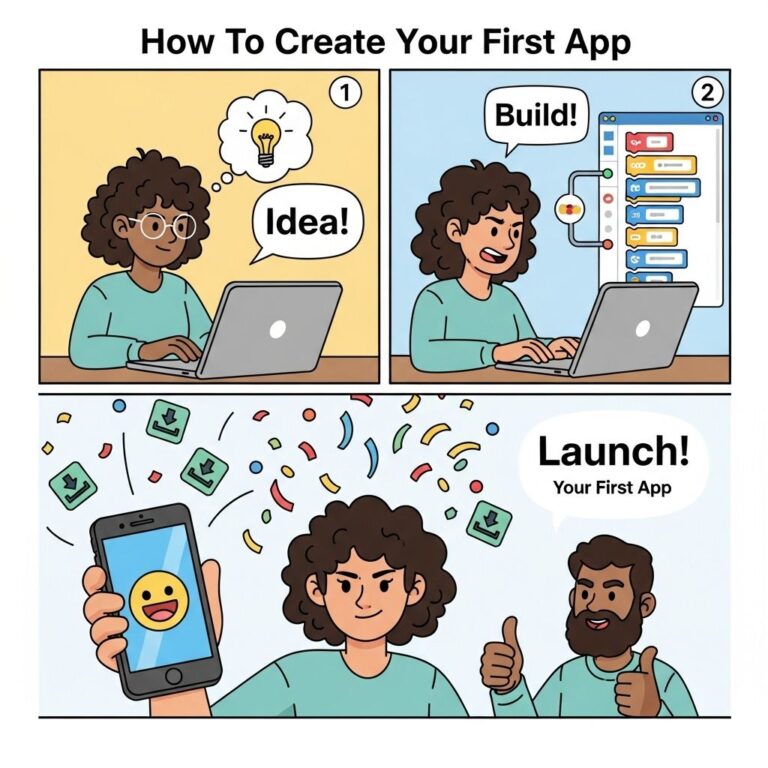Launching a subscription app can be a game-changer for your business, creating a steady revenue stream while building a loyal customer base. However, the process can be intricate, requiring careful planning, execution, and ongoing management. Below, we will delve into the essential steps to effectively launch your subscription app, exploring strategic marketing, user engagement, and essential features.
Table of Contents
Understanding the Subscription Model
The subscription model has gained immense popularity due to its ability to provide consistent income and customer retention. Unlike traditional apps that rely on one-time purchases, subscription apps benefit from:
- Recurring Revenue: Monthly or annual subscriptions create a predictable cash flow.
- User Engagement: Ongoing content or service delivery keeps users engaged.
- Upselling Opportunities: Premium features can be offered to enhance user experience.
Key Pre-Launch Steps
1. Market Research
Before diving into development, conduct thorough market research. Understand your target audience, their needs, and preferences. Analyze competitors to identify gaps in the market. Resources like surveys, interviews, and analytics tools can be particularly useful.
2. Define Your Value Proposition
Your app must clearly communicate its value to potential users. What unique features or benefits set it apart from others? This value proposition should resonate with your target audience and be showcased in your marketing materials.
3. Develop a User-Friendly Interface
The design and usability of your app are crucial for retaining customers. Invest in a professional UI/UX designer to create a seamless and intuitive interface. Key design principles include:
- Simplicity: Keep navigation straightforward.
- Accessibility: Ensure the app is usable for individuals with disabilities.
- Responsive Design: Optimize for various devices and screen sizes.
Building Your Subscription App
1. Choose the Right Technology Stack
The success of your app largely depends on the technology stack you choose. Consider factors such as scalability, performance, and compatibility. Popular options include:
| Technology | Description |
|---|---|
| React Native | A cross-platform framework for building mobile apps using JavaScript. |
| Flutter | Google’s UI toolkit for building natively compiled apps from a single codebase. |
| Node.js | Ideal for backend development, enabling efficient handling of concurrent requests. |
2. Implement a Robust Payment System
Integrate a reliable payment gateway to handle subscriptions securely. Options include:
- Stripe: Offers extensive features for subscription management.
- Braintree: Supports multiple payment methods
- PayPal: A trusted name in online payments.
Make sure to comply with regulations related to user data, such as GDPR or CCPA, to protect user information.
Launch Strategy
1. Create a Landing Page
Before the app launch, build anticipation by creating a landing page. Include:
- A brief overview of the app and its features
- Email sign-up for updates
- Links to social media channels
2. Utilize Social Media Marketing
Social media is a powerful tool to reach your audience. Develop a content calendar that includes:
- Teasers about app features
- User testimonials
- Live demos or Q&A sessions
3. Leverage Influencer Marketing
Collaborating with influencers can amplify your reach. Identify key figures in your niche and approach them to review or promote your app.
Post-Launch Tactics
1. Monitor User Feedback
After launching your app, actively seek and respond to user feedback. Utilize tools like:
- Surveys
- In-app feedback forms
- Social media monitoring
2. Implement Retention Strategies
Retaining users is as important as acquiring them. Consider tactics such as:
- Personalized content recommendations
- Loyalty programs
- Regular updates with new features
3. Analyze Metrics
Utilize analytics tools to track user behavior and engagement. Key metrics include:
- Churn rate
- User acquisition cost
- Lifetime value of customers
Conclusion
Launching a subscription app is an exciting venture that requires careful planning and execution. By following the steps outlined above—from market research to post-launch analysis—you can create a sustainable and profitable subscription-based service. Remember that your work doesn’t end with the launch; continue to innovate and adapt based on user feedback and market trends to ensure long-term success.
FAQ
What are the key steps to launch a subscription app?
To launch a subscription app, you should conduct market research, define your target audience, develop a prototype, set up payment processing, create a marketing strategy, and test your app before launching.
How do I choose the right pricing model for my subscription app?
Choosing the right pricing model involves analyzing your target market, evaluating competitor pricing, considering the value your app provides, and determining whether to use tiered pricing, freemium, or flat-rate pricing.
What marketing strategies are effective for promoting a subscription app?
Effective marketing strategies include social media advertising, influencer partnerships, content marketing, email campaigns, and offering free trials or limited-time promotions to attract potential subscribers.
How can I ensure user retention for my subscription app?
To ensure user retention, focus on delivering ongoing value, providing excellent customer support, regularly updating your app with new features, and engaging users with personalized communication.
What are common challenges when launching a subscription app?
Common challenges include competition in the market, pricing strategy misalignment, user acquisition costs, and maintaining subscriber engagement over time.
How do I measure the success of my subscription app after launch?
You can measure the success of your subscription app by tracking key performance indicators (KPIs) such as monthly recurring revenue (MRR), customer acquisition cost (CAC), churn rate, and user engagement metrics.









